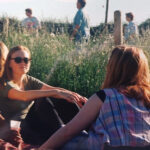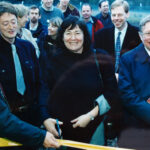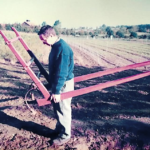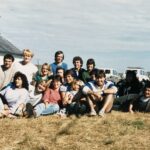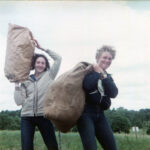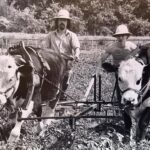
This is a story about the early days of what a former Vice-Chancellor, Prof. Frank Thistlethwaite, called “this scruffy project “, which began on 2 hectares of land at Colney in 1975.
My initial training was in agriculture and agronomy at Leeds and UWI, Trinidad. Between 1969-71 I was a Lecturer at the Faculty of Agriculture of the University of Dar es Salaam, Morogoro. Julius Nyerere was a charismatic leader and his books on socialism and on self-reliance were inspirational. I learned much from students about the growing of small scale vegetables and of coffee growing in the hills. I later worked in Botswana from 1971 – 74 as an agronomist on the development cropping systems and equipment for small farm systems using draught oxen and trying to introduce systems with more sustainability. We tried to introduce improved timing into dryland arable cropping systems including the use of chisels and sweeps and other minimum tillage devices. These were tested on a farm scale but the opportunity to work with farmers at scale was thwarted by our station director who forbade us to work off station. This was a big mistake as many lessons were gained from observing the multifunctionality of livestock in small scale farm systems and working with farmers (without permission) on Sundays. We later (1975/6) worked in Darfur in Western Sudan to simplify and lighten our toolbar designs which were targeted towards the needs of poorer farmers.
I was initially appointed to the School of Development Studies in autumn 1974 when Randall Baker led the Natural Resources group. Linden Vincent, Adam Pain, Yvan Biot, Nick Abel, Mike Stocking and Stephen Morse joined us over the next few years. Our students mainly came from urban backgrounds and we felt that they needed real life situations within which they could learn about natural sciences and also gain new practical skills around the management of soils, crops, water and animals. We had an excellent, supportive relationship with John Hovey of the Estates Division which proved to be highly valuable over many years as we lost two farms (to BUPA and to the John Innes Institute) as we were shuffled across Campus, eventually ending up on the old Strawberry Field off Bluebell lane in the 1990s.
Our first technician, Roger Fredenburgh, help set up the farm, ran welding classes in the village workshop, made harnesses and toolbars and grew organic vegetables. We divided the land into contoured blocks and introduced a Norfolk crop rotation. We bought two Jersey bullocks , followed by two more pairs and we had a succession of students to manage them and their successors: Martin Wallis and Adrian Friggens, David Barton and Jean-Paul Jeanrenaud and Jane Bartlett and Elisabeth Barrett who studied the nutrition of working animals. Glenn Strachan, Andy Mattick, Jean McClusky, Simon Croxton and Nick Jezzard were also involved.
As we moved across the road to the larger site we added stables and a laboratory block to help with water, soil and crop analysis.
We also added a biodigester and an Irish sail windpump which was designed to extract water from the Yare and used to irrigate crops.
We worked with Horses (Boxer and Joe), Oxen (Gunder and Frank) and Donkeys (Bluebell, Limpy and Lumpy). With the oxen we continued the work that we had begun in Africa on the development of lightweight tools for minimum tillage and using low cost, comfortable, harnesses. We had the opportunity of running an animal draught short course for VSO and several graduate students did go on to work in projects with an animal draught component in Africa. We also had a carpenter – student (John Mims) who worked with visiting groups of disabled schoolchildren to devise and make simple wooden tools for Lumpy to use in the field. We were invited to demonstrate the use of draught power at the 1982 Royal Show at Stoneleigh.
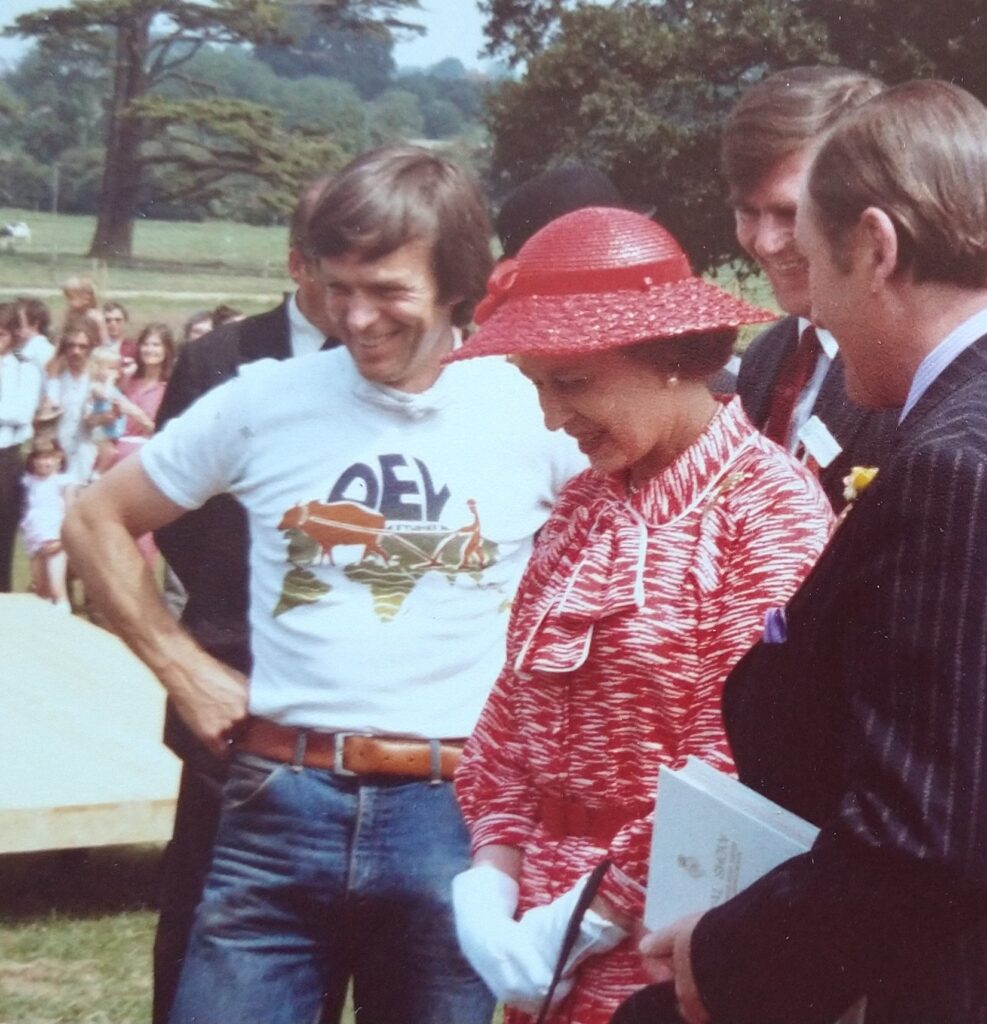
Thanks have to go to Don Saunders who was the Farm technician/manager and with us for almost 25 years with little assistance, except from volunteers. James Adams provided laboratory support. Willie Buhler who, during his PhD on Norfolk wetlands assisted with the supervision of Dev Farm 3, made the Farm accessible to local, regional and national grant arenas and developed partnerships with other Schools, notably Bio and Env who shared some facilities.
. David Gibbon
York Feb, 2023

